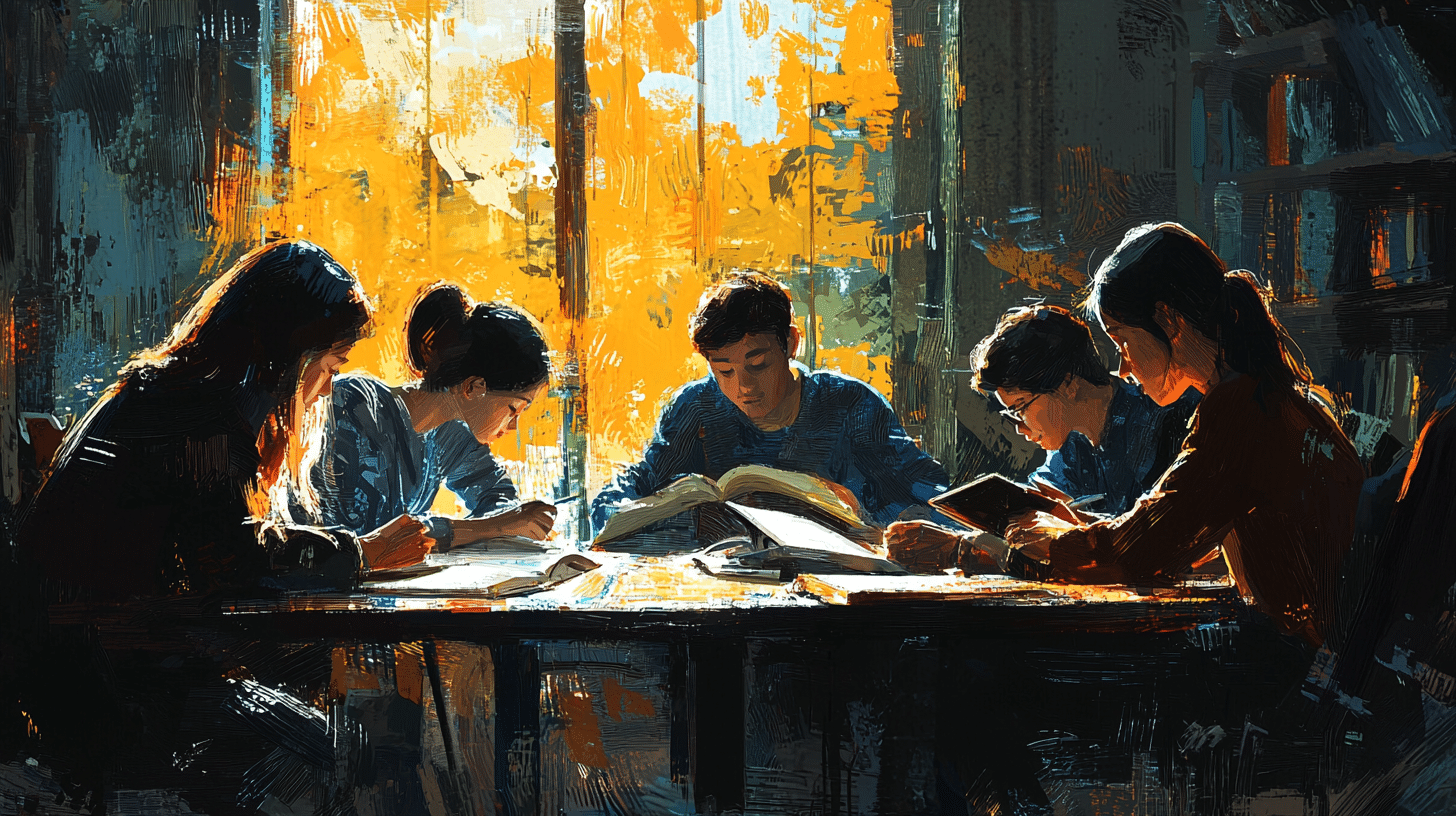Architecture is a fascinating field that reflects the cultural, historical, and social fabric of a society. When learning a new language, understanding terms related to architecture can provide deeper insights into the culture and history of the region where that language is spoken. This is especially true for Urdu, the national language of Pakistan, which is rich in architectural heritage. From the grandeur of Mughal architecture to the simplicity of modern designs, Urdu has a plethora of words to describe various types of structures. In this article, we will explore some of the key Urdu words for different types of architecture.
Historical Architecture
Urdu-speaking regions are home to some of the most magnificent historical architectures in the world. Here are some terms you should know:
قلعہ (Qila): This word means “fort.” Forts are significant historical structures often built for defense purposes. A famous example is the Lahore Fort, known as شاہی قلعہ (Shahi Qila).
محل (Mahal): Translated as “palace,” this word is used to describe grand residences, usually for royalty. The Taj Mahal, although a mausoleum, is often referred to as a palace due to its grandeur.
مسجد (Masjid): A “mosque” is a place of worship for Muslims. Historical mosques like the Badshahi Mosque in Lahore are iconic examples of Mughal architecture.
مقبرہ (Maqbara): This word means “mausoleum.” It refers to grand tombs, often built to honor important figures. The Humayun’s Tomb in Delhi is a prime example.
حویلی (Haveli): This term means “mansion” and is used to describe large traditional houses, often with courtyards. Havelis are common in areas with a rich Mughal and Rajput heritage.
Religious Architecture
Religious structures are integral to Urdu-speaking regions, encompassing various styles and historical periods. Here are some key terms:
درگاہ (Dargah): This word refers to a shrine built over the grave of a revered religious figure, often a Sufi saint. Dargahs are important pilgrimage sites.
گردوارہ (Gurudwara): Used to describe a place of worship for Sikhs, the word “Gurudwara” signifies the house of the Guru. An example is the Gurudwara Panja Sahib in Hassan Abdal, Pakistan.
مندر (Mandir): This word means “temple,” particularly referring to Hindu places of worship. The Shri Swaminarayan Mandir in Karachi is a notable example.
گرجا گھر (Girja Ghar): This term means “church,” denoting Christian places of worship. The Sacred Heart Cathedral in Lahore is a prominent church in the region.
آشرم (Ashram): While not as common, this term refers to a spiritual hermitage or monastery. It is more commonly used in the context of Hinduism and related spiritual practices.
Modern Architecture
Modern architecture in Urdu-speaking regions encompasses a mix of traditional and contemporary designs. Here are some terms you might find useful:
عمارت (Imarat): This is a general term for “building.” It can refer to any structure, from residential buildings to office complexes.
فلک بوس عمارت (Falak Bos Imarat): This term translates to “skyscraper.” Modern cities like Karachi and Lahore have a growing number of skyscrapers.
شاپنگ مال (Shopping Mall): The term “shopping mall” is used similarly in Urdu, denoting large commercial centers. Examples include the Dolmen Mall in Karachi.
تجارتی عمارت (Tijarti Imarat): This means “commercial building” and refers to structures used for business purposes, such as office buildings and retail spaces.
رہائشی عمارت (Rehaishi Imarat): This translates to “residential building,” referring to apartments and housing complexes.
Elements of Modern Architecture
Modern architecture often includes various elements that have specific Urdu terms:
چھت (Chhat): This word means “roof.” In modern architecture, roofs can vary from flat to pitched designs.
بالکنی (Balcony): The term “balcony” is used similarly in Urdu, referring to an elevated outdoor space attached to a building.
دروازہ (Darwaza): This word means “door.” Modern buildings often feature various types of doors, from traditional wooden ones to contemporary glass designs.
کھڑکی (Khidki): This term translates to “window.” Windows are crucial elements in modern architecture for ventilation and natural light.
لفٹ (Lift): The word “lift” is used for “elevator,” an essential feature in multi-story buildings.
Traditional Architecture
Traditional architecture in Urdu-speaking regions is characterized by intricate designs and cultural elements. Here are some key terms:
چھپر (Chappar): This word means “thatched roof,” often found in rural and traditional settings.
برآمدہ (Baramda): This term means “veranda,” referring to a roofed platform along the outside of a house, often used for sitting and socializing.
کمرہ (Kamra): This word means “room.” Traditional houses often have multiple rooms for different purposes.
صحن (Sehan): This term means “courtyard,” a central feature in many traditional houses, providing open space within the home.
جھروکہ (Jharokha): This word means “balcony” or “window,” specifically referring to the ornate, protruding windows found in traditional Mughal and Rajput architecture.
Architectural Styles
Understanding the different architectural styles can provide a deeper appreciation of the structures you encounter. Here are some terms related to various styles:
مغلیہ طرز تعمیر (Mughlia Tarz-e-Tameer): This term means “Mughal architecture.” It is characterized by large domes, minarets, and intricate carvings, exemplified by structures like the Taj Mahal and Badshahi Mosque.
راجپوت طرز تعمیر (Rajput Tarz-e-Tameer): This translates to “Rajput architecture,” known for its strong fortresses, intricate palaces, and temples. Examples include the forts and palaces in Rajasthan.
گوتھک طرز تعمیر (Gothic Tarz-e-Tameer): This term means “Gothic architecture,” characterized by pointed arches, ribbed vaults, and flying buttresses. While more common in Europe, some structures in the subcontinent bear Gothic influences.
جدید طرز تعمیر (Jadeed Tarz-e-Tameer): This translates to “modern architecture,” encompassing contemporary designs and materials, such as glass and steel.
اسلامی طرز تعمیر (Islami Tarz-e-Tameer): This term means “Islamic architecture,” characterized by domes, arches, and intricate geometric patterns. It is prevalent in mosques, madrasas, and palaces.
Architectural Terminology
In addition to the types and styles of architecture, it’s helpful to know some general architectural terms in Urdu:
نقشہ (Naqsha): This word means “blueprint” or “plan,” essential for designing and constructing buildings.
تعمیر (Tameer): This term translates to “construction” or “building.” It is used to refer to the process of creating structures.
مادی (Madi): This word means “material.” In architecture, it refers to the substances used in construction, such as brick, stone, or wood.
ستون (Sutoon): This term means “pillar” or “column,” essential elements in many architectural styles for both structural support and decorative purposes.
گنبد (Gunbad): This word means “dome,” a prominent feature in many religious and historical structures.
مینار (Minar): This term means “minaret” or “tower,” often found in mosques and other significant buildings.
Conclusion
Understanding architectural terms in Urdu can greatly enhance your appreciation of the rich cultural and historical heritage of Urdu-speaking regions. Whether you’re exploring ancient forts, grand palaces, or modern skyscrapers, these terms will help you better understand and describe the structures you encounter. Moreover, this vocabulary can serve as a gateway to deeper cultural insights, as architecture is a reflection of the values, history, and artistic sensibilities of a society. Happy learning!

